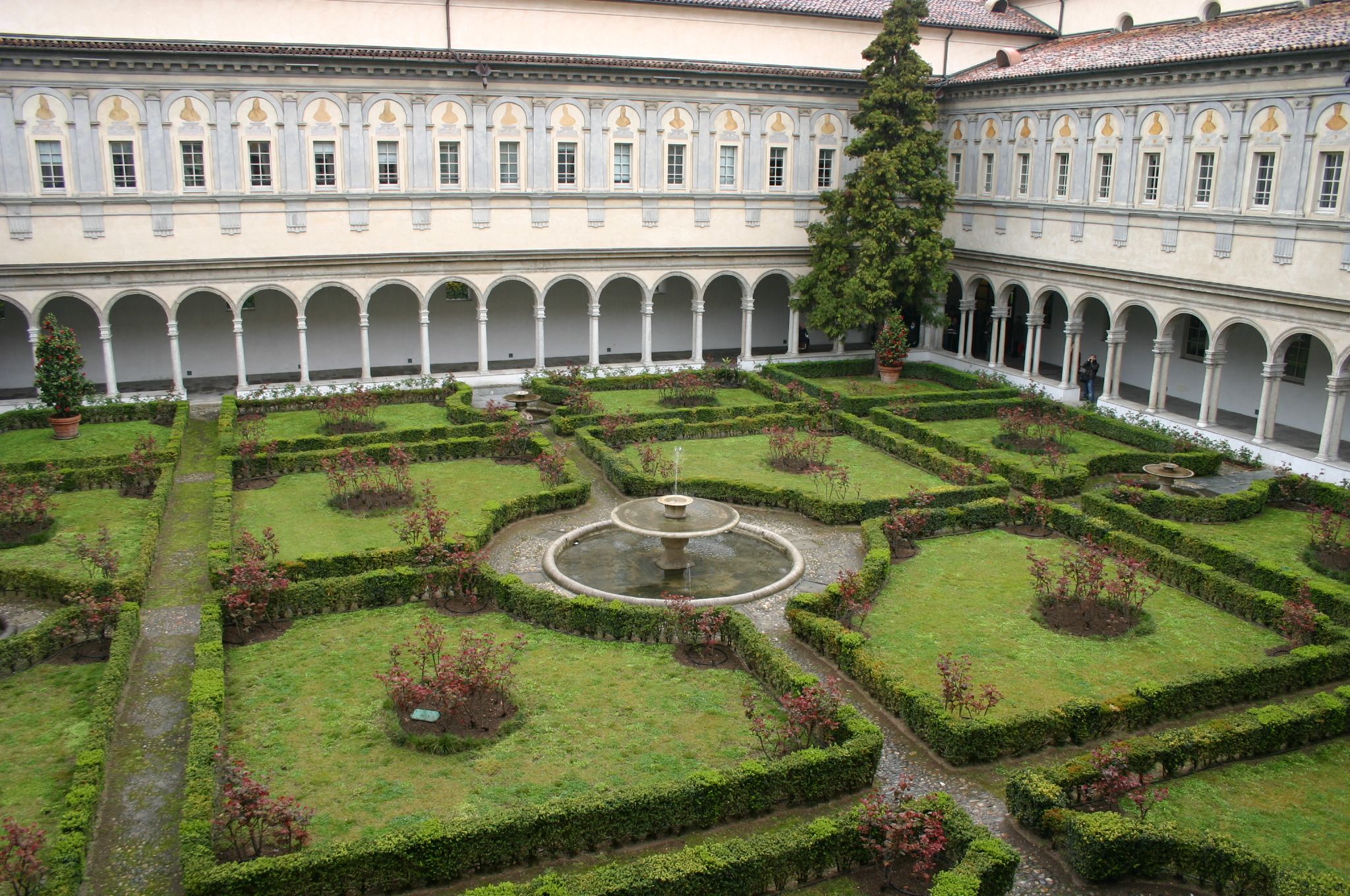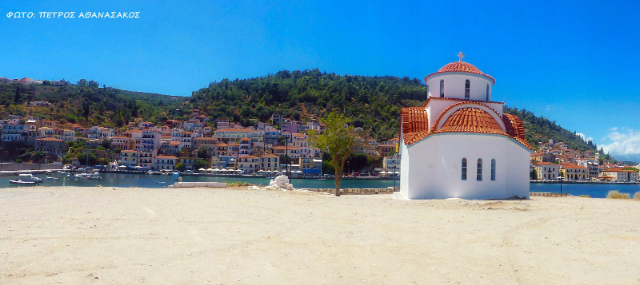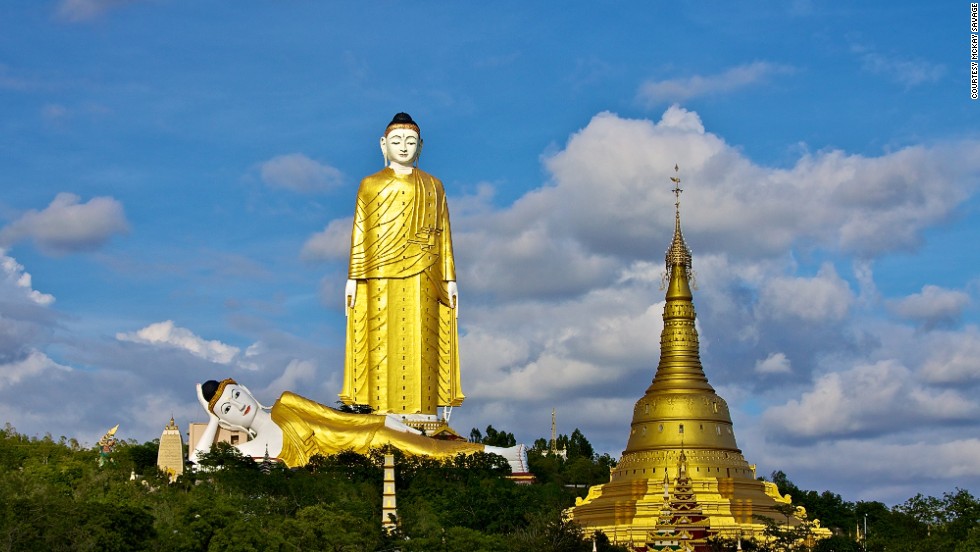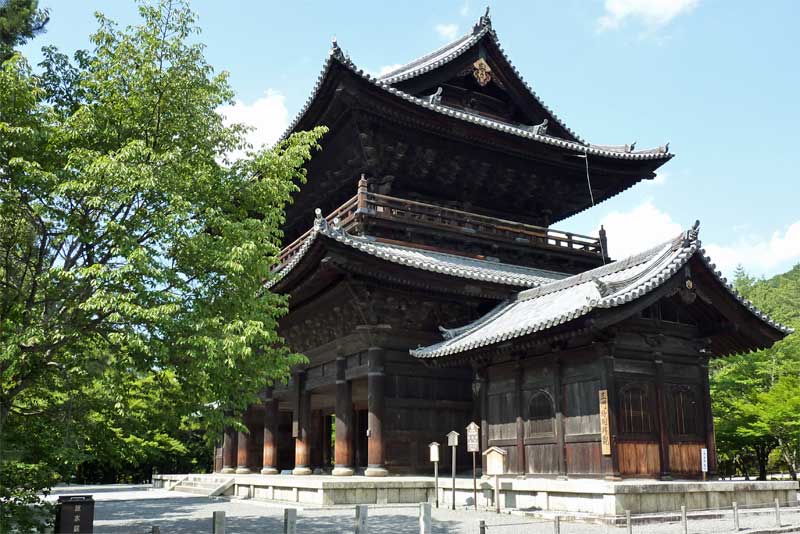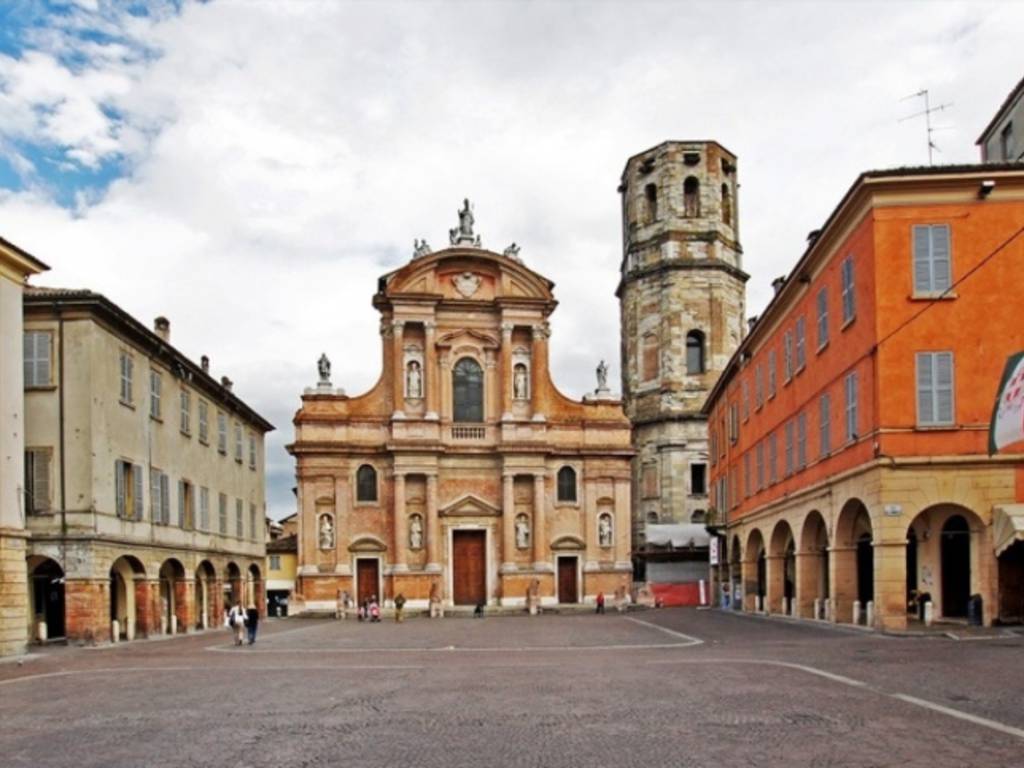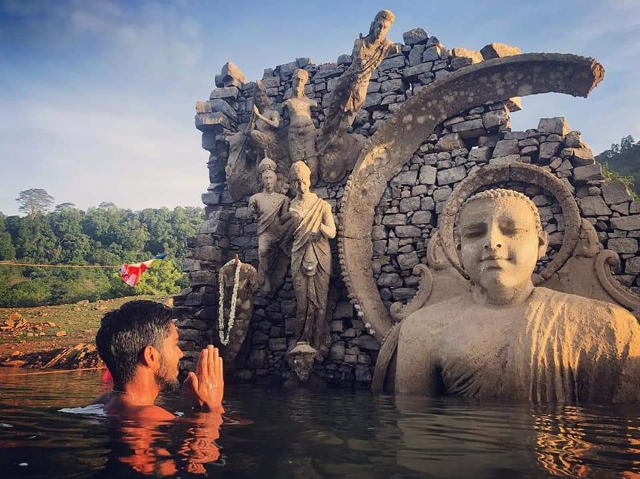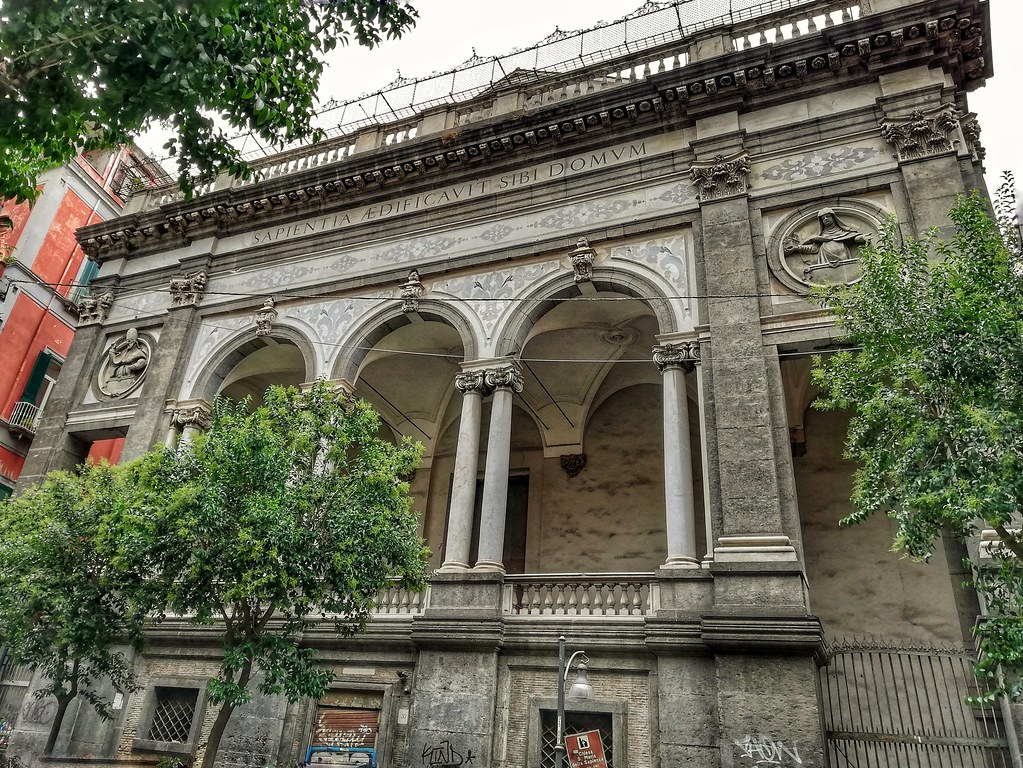The Basilica of San Simpliciano represents a monument of extraordinary historical and artistic value and has a very complex history. Yet it is little known to the general public, certainly much less so than the Basilica of Sant’Ambrogio, despite its similar importance over the centuries. Perhaps because of Simplicianus, Ambrose’s successor and teacher, as well as St. Augustine’s confidant, no text has come down to us.
HISTORY
The Basilica of San Simpliciano is one of the oldest churches in Milan. Together with the basilicas of San Dionigi (no longer extant), Sant’Ambrogio and San Nazaro, it is one of the four basilicas that Bishop Ambrogio wanted to be erected in the fourth century outside the city walls, approximately at the four cardinal points, as if to constitute a protective bulwark for the city. Initially dedicated to Mary and to the holy virgins (Basilica Virginum), after Ambrose’s death it received the relics of the martyrs Sisinius, Martyrius and Alexander, slaughtered during their preaching in Anaunia (today’s Non Valley), sent as a gift by Saint Vigilius, Bishop of Trent, to Saint Simplicianus, Ambrose’s successor. After Ambrose was buried there, the basilica was dedicated to him (according to some experts, however, the change of dedication occurred only in the Lombard era).
During the centuries the building, originally placed in correspondence of a pagan cemetery, underwent many important changes. Until not so long ago, it was thought that practically nothing remained of the original early Christian building and that the present church could be considered Romanesque to all intents and purposes.
Since 1944, however, it was realized that the early Christian structure was still perfectly present and that this made it possible to reconstruct ideally most of the original appearance.
